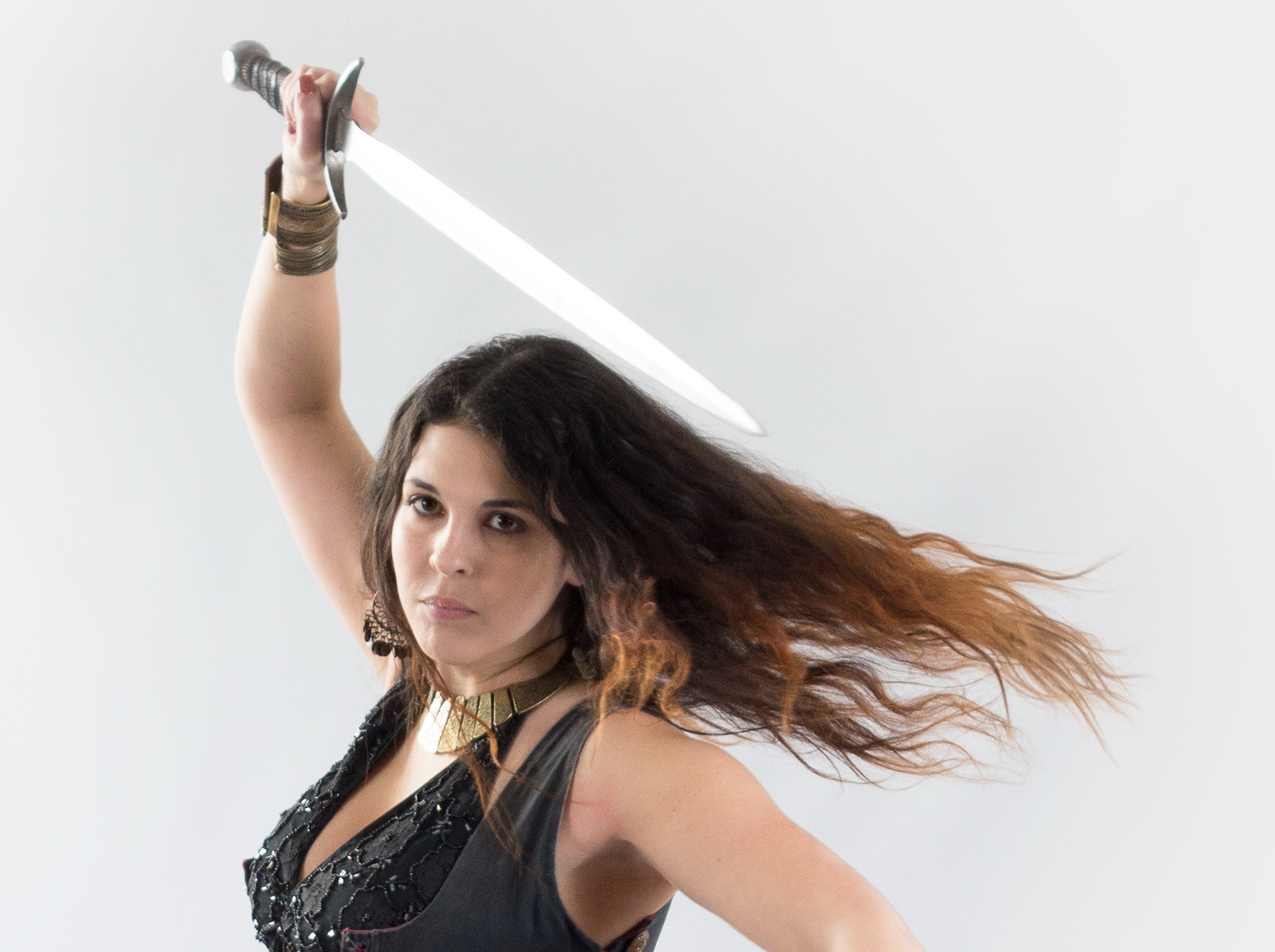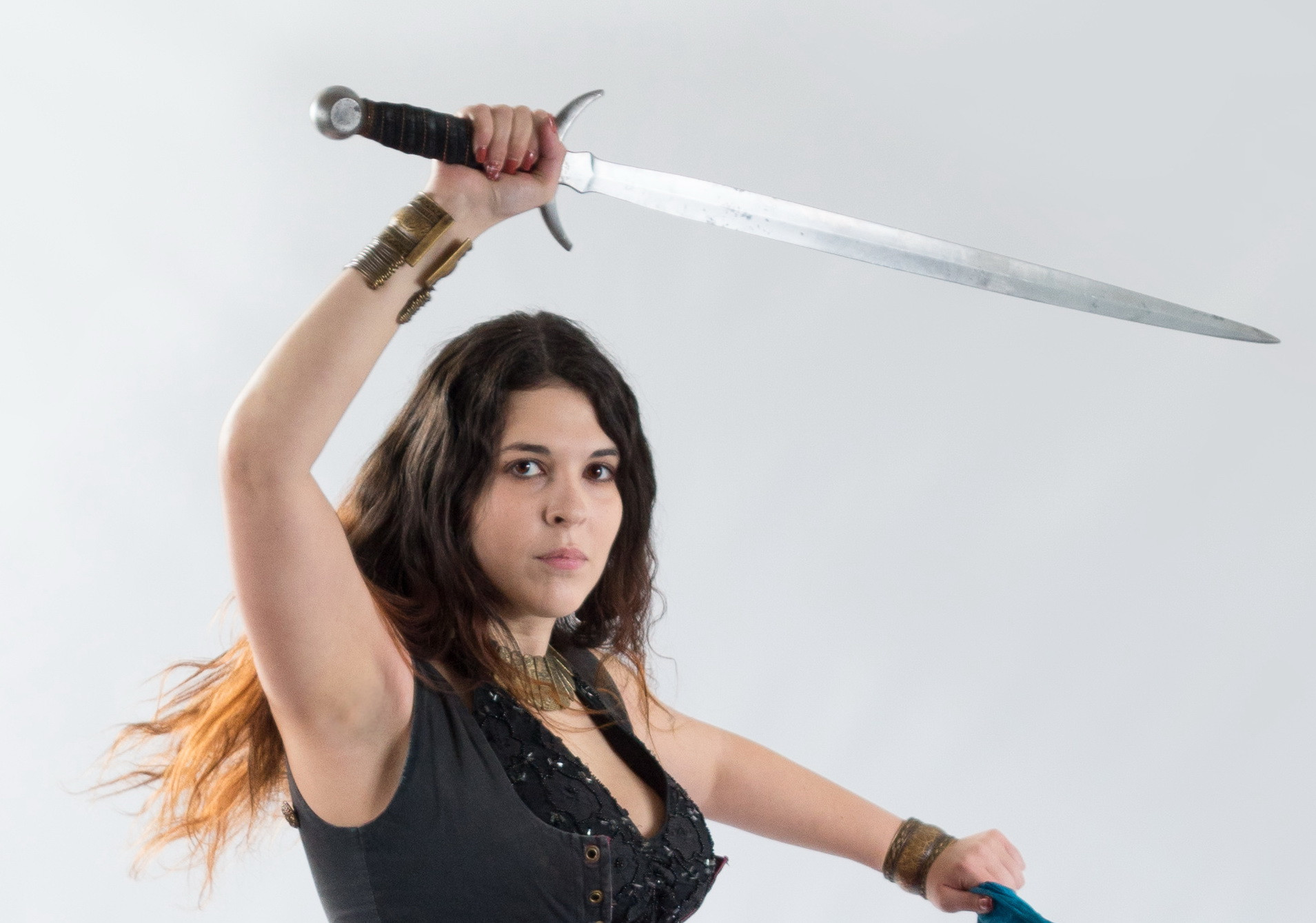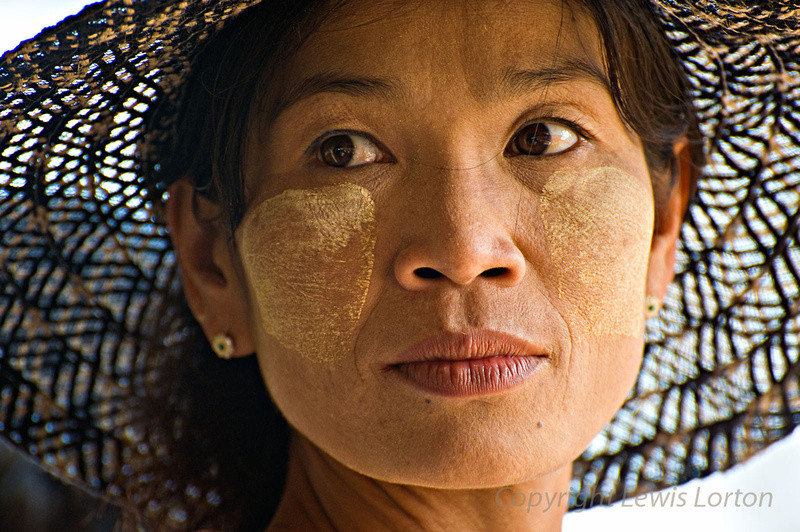It isn't necessary to have the subject looking into the camera. In fact sometimes the photo is all the better when the subject isn't looking into the camera. It all depends on what you want to communicate with the image you are making. If you want a natural looking subject that appears to be engaged in some type of activity (whether that is obvious by including it in the scene or implied by leaving it out of the scene) then the last thing you want is for the subject to look at the camera and acknowledge their awareness of being photographed.
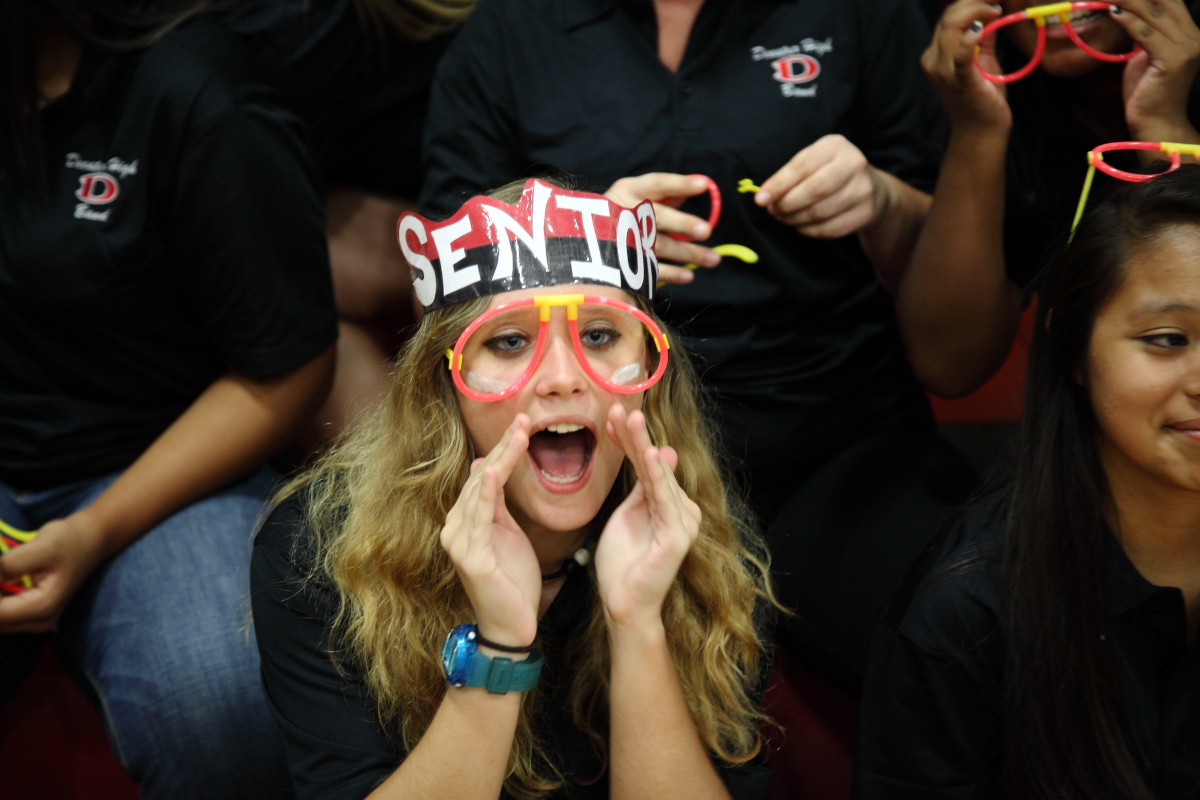
On the other hand, when the subject does look into the camera the dynamics of the relationship between subject and viewer are turned upside down. Instead of the viewer choosing to look at an unaware subject, the subject now controls what the viewer sees.
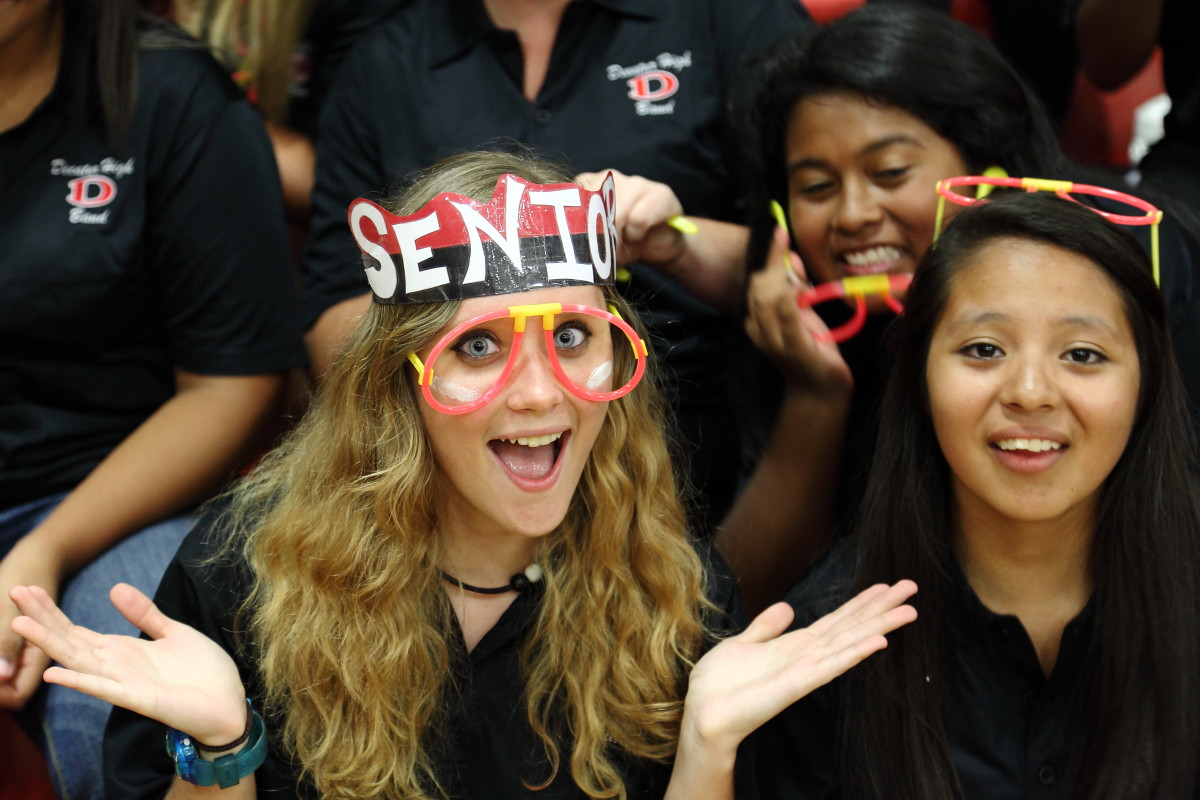
You can even create powerful images with human subjects not even facing the camera.
"The waiting is the hardest part"
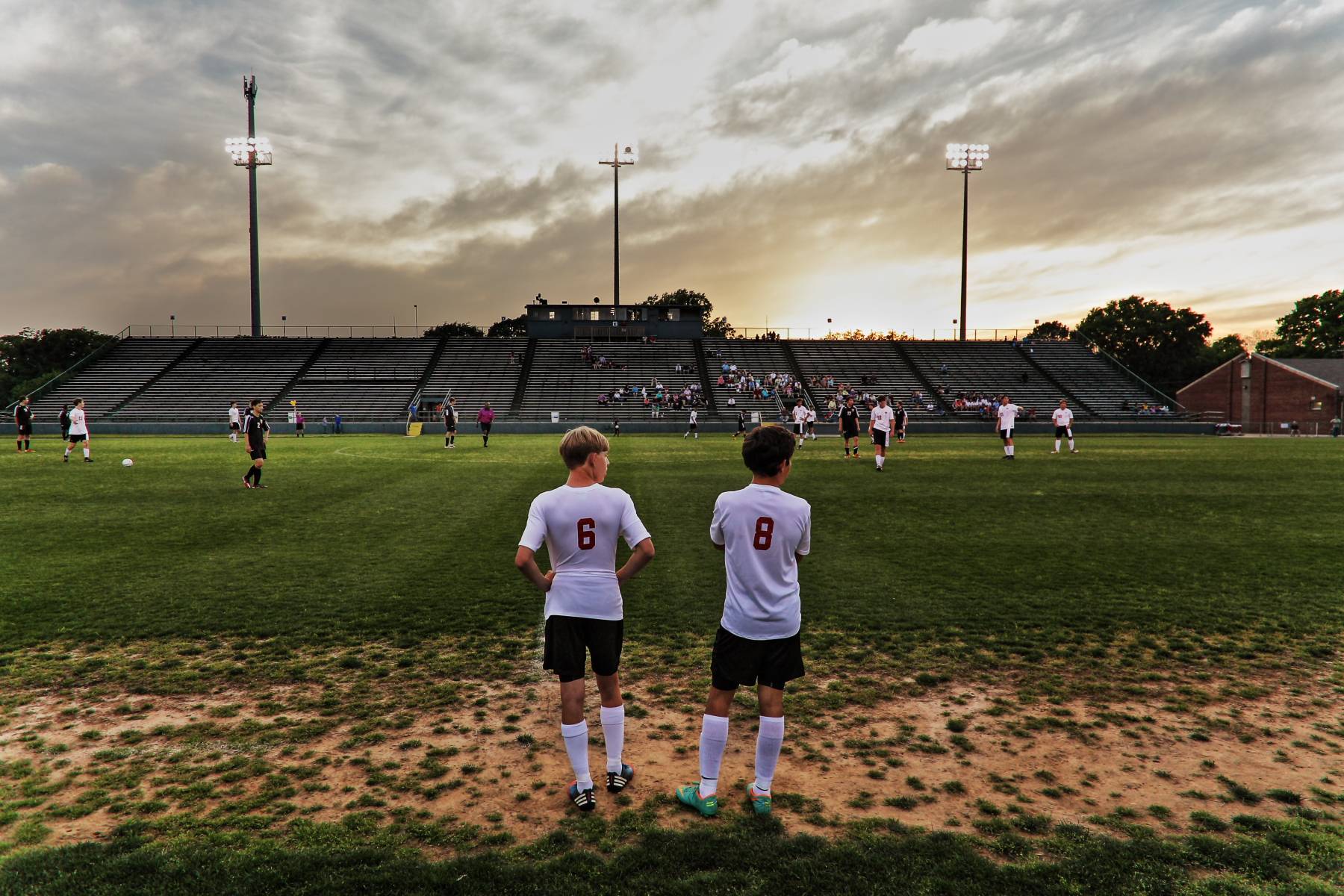
You've asked several questions lately that seem to assume there is something wrong with your photos because they receive negative criticism. Here's the deal: No matter what you do if you put your photos out in the wild in places where they can be critiqued someone will have issues with the decisions you made when taking the photo. There has probably never been a photo made that has been seen by more than one person that doesn't have at least one negative critique! There is not always a single "right" way to take a particular photo. Yet many critiques come across as saying "any other way than the way I think you should have done it is wrong."
I'm sure there are critics who would find fault with Ansel Adams' "Moonrise - Hernandez, NM"! I'm sure there are plenty of wanna' be photographers that think Walter Iooss, Jr is a hack and that with the access he has had they could have captured better images! Steve McCurry's 1985 National Geographic cover photo of a green eyed Afghan girl probably has detractors as well.
There is not always a single "right" way to take a particular photo. Yet many critiques come across as saying "any other way than the way I think you should have done it is wrong."
Simply put, you can't please everybody. The only person you should be concerned about pleasing with your personal photos is... yourself. Study the masters, learn the "rules" of composition, realize for every compositional rule out there someone has done quality work by intentionally breaking it, and then go and shoot the way you want your photos to look!




